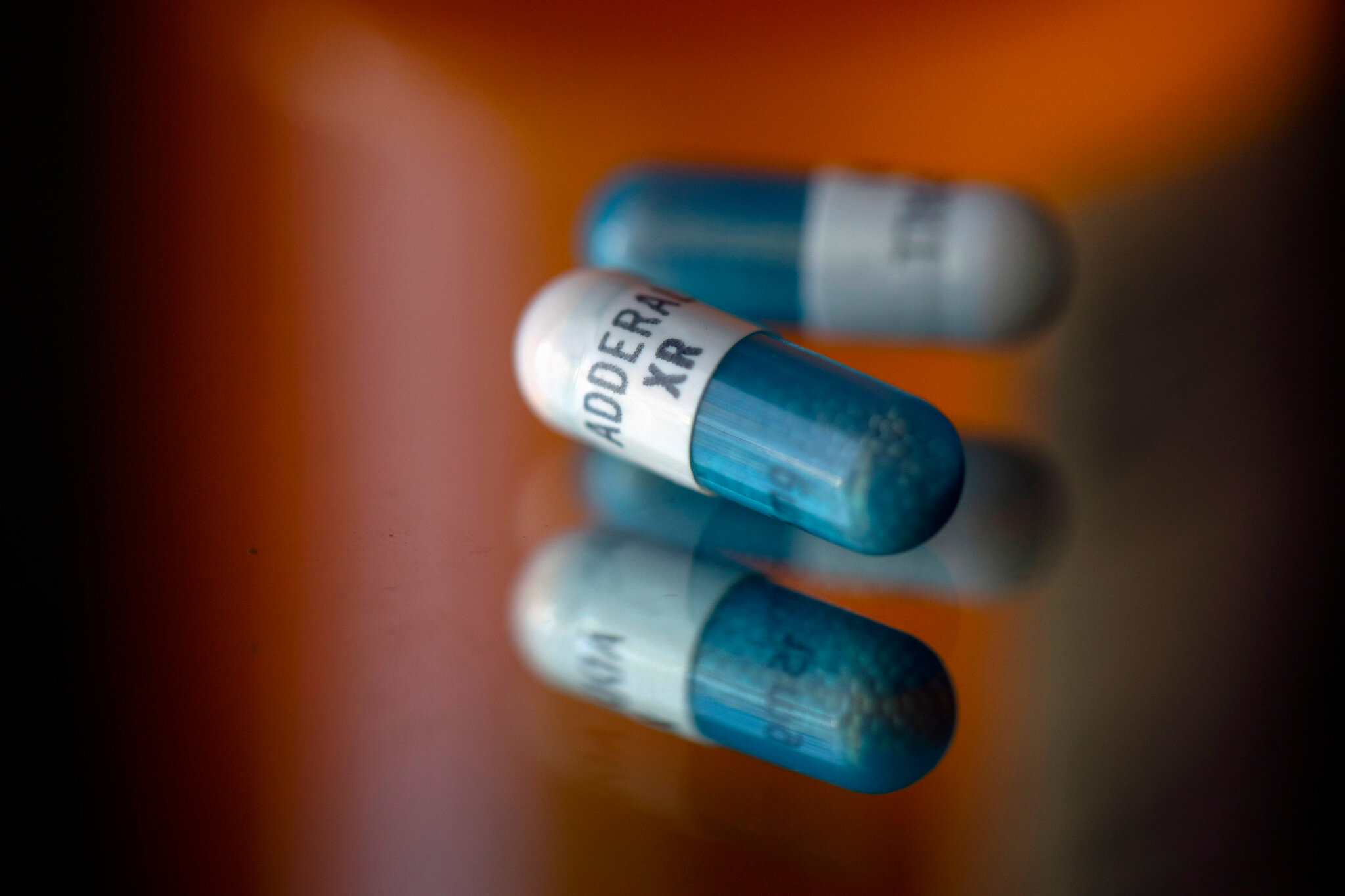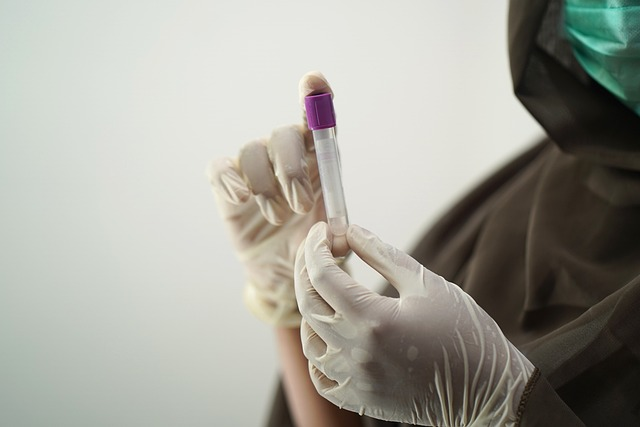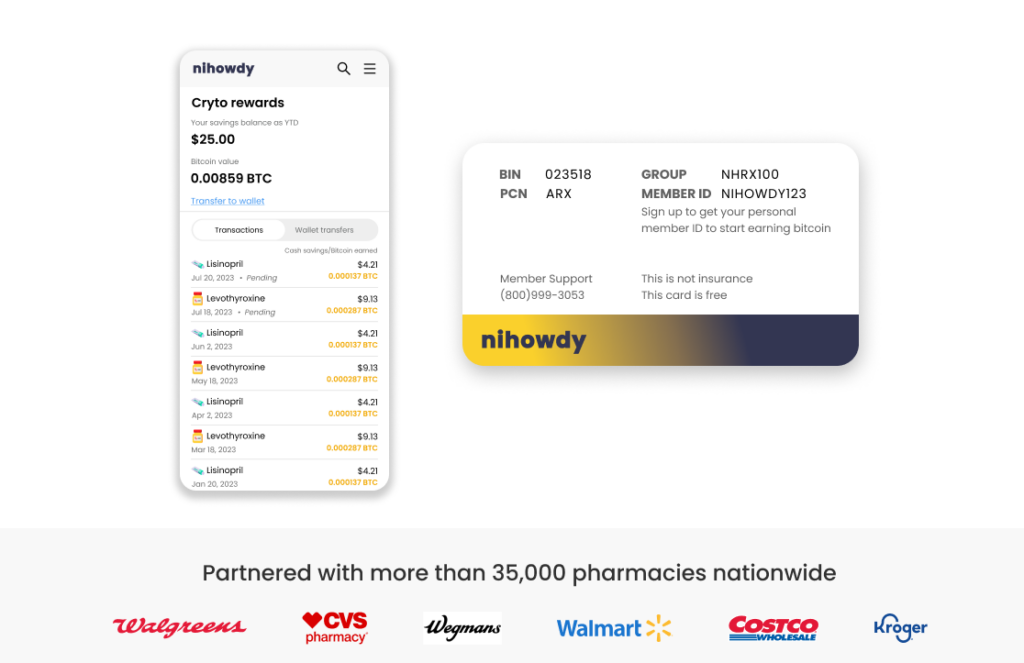Unpacking How Long Does Adderall Last: Duration and Effectiveness Explained


How long does Adderall last? This pressing question has a somewhat straightforward answer: Adderall IR’s effects last 4-6 hours, and Adderall XR can linger for about 12 hours. However, numerous factors can extend or shorten this period. Our exploration will cover the science behind these durations and the implications for drug testing, side effects, and safe usage.
Key Takeaways
Adderall comes in two forms: Immediate Release (IR) effective for 4-6 hours and Extended Release (XR) for up to 12 hours, with choices dependent on short-term relief or longer symptom management needs.
The elimination half-life of Adderall averages 13 hours, but individual factors like metabolism, body composition, and urine pH can influence how long the drug stays in a person’s system, taking up to four days for complete clearance.
Adderall misuse can lead to serious health issues, including addiction, and cessation might trigger withdrawal symptoms; professional treatment options are available to support recovery.
Understanding Adderall’s Duration: IR vs. XR

Upon ingesting a small Adderall tablet, it begins to exert its influence by discharging 25% levoamphetamine and 75% dextroamphetamine into your system. Not every Adderall pill is identical in function. Some are fashioned to yield quick relief while others are formulated to prolong their therapeutic effect over time.
This variation stems from two main types: Immediate Release (IR) and Extended Release (XR). IR delivers rapid symptom alleviation for approximately 4-6 hours, whereas XR provides sustained symptom management for as long as up to 12 hours. It’s crucial when considering the initial dose of medication that these forms are understood more comprehensively.
Immediate Release Adderall
Imagine you’re about to engage in a demanding activity or take an exam and need laser-sharp concentration. That’s where Immediate Release Adderall comes into play. It acts like a sprinter, springing into action roughly 20 to 30 minutes after taking it with its peak effectiveness occurring within the first one to two hours—providing rapid relief for those needing immediate symptom management.
Much like a sprint athlete can only maintain their top speed for so long, the effects of immediate release Adderall don’t last indefinitely. A single dose typically has its impact for approximately four to six hours, which often leads people to ask: “How long does Adderall last?” As the duration wanes, this is when Extended Release (ER) Adderall takes over—the marathon runner of medications that provides sustained assistance beyond what IR offers.
Extended Release Adderall
Welcome to the endurance champion among Adderall variants: Adderall XR. This version is crafted for a consistent medication release, acting as the persistent tortoise in contrast to its faster counterpart, Adderall IR – perfect for those needing extended symptom management.
With an active duration of approximately seven hours and lingering benefits that can reach up to 12 hours, Adderall XR provides sustained coverage throughout busy workdays, school schedules or the daily hustle and bustle of life.
The Half-Life of Adderall: Understanding Its Stay in Your System

You might be curious, “How long does Adderall remain in my system?” The answer is largely dependent on a crucial pharmacological term called half-life. Half-life refers to the time it takes for half of the drug to be metabolized and cleared from one’s body, which is an essential principle when discussing medication duration.
Regarding Adderall specifically, its average half-life hovers around 13 hours. Meaning approximately 50% of ingested Adderall will have been expelled from your body after that period. For complete removal of the substance from your system, it requires between four and five times this half-life timeframe—or potentially up to four days. Keep in mind that various factors like urine pH levels and individual metabolic rates can significantly affect this process.
Factors Influencing How Long Adderall Lasts
Adderall’s persistence in your system is influenced by various elements such as:
The rate at which your body metabolizes substances
The pH level of your urine
Your overall body makeup
The amount of the drug you take
How often you use the medication
Although certain aspects like the amount and regularity with which Adderall is taken can be managed, others, including an individual’s metabolism speed and their physical constitution, cannot. We will examine these determinants more closely starting with how metabolic rate affects the elimination of Adderall.
Metabolic Rate and Adderall Clearance
It might surprise you to learn that your metabolism not only has an impact on your body weight, but also plays a significant role in the way your body breaks down and disposes of medications. Indeed, Adderall is metabolized into byproducts including hippuric and benzoic acids, which determine the duration it remains active within your system.
The rate at which this happens greatly depends on how fast or slow your metabolism operates. If you have a speedy metabolism similar to that of a high-performance race car, then Adderall will be eliminated from your bloodstream more quickly. On the other hand, if your metabolic pace can be likened to taking a relaxed Sunday drive, then Adderall lingers for an extended period. Factors such as the amount of medication taken and the length of time over which Adderall use occurs can affect this metabolic processing.
Age and Gender Differences in Adderall Absorption
It may come as a surprise to you, but if you are female, it is likely that your exposure to Adderall is about 20% higher than males. When body weight is taken into account, this discrepancy in how Adderall is absorbed between the sexes turns out not to be substantial. So yes, if it seems like Adderall has a different impact on you compared to your male counterparts – your perception matches reality!
Regarding age-related differences in the absorption of Adderall — particularly among young patients managing attention deficit hyperactivity disorder — research hasn’t provided definitive answers yet. That’s what’s so fascinating (and at times frustrating) about scientific inquiry: there are always new discoveries around the corner!
Drug Testing for Adderall: Detection Windows Explained

Drug testing is a common requirement in various contexts such as employment, athletics, or legal situations. For those who are prescribed Adderall, it’s natural to question how long the substance remains traceable by these tests. The length of time Adderall can be detected will differ based on which testing method is employed.
We’ll demystify the duration that Adderall can be found within your system across several types of drug screenings — urine, saliva, blood, and hair analysis. Rest assured, we aim to provide you with clear information for each type of test without leaving any uncertainties regarding detection timescales.
Urine Tests and Adderall
Urine tests stand out as the most prevalent form of drug tests, serving much like a Swiss army knife in their straightforwardness, adaptability, and dependability. The presence of Adderall can be found within 72-96 hours (or 3-4 days) following its last consumption. Sometimes the window for detection may prove narrower with Adderall traces identifiable only within approximately 1-2 days post-use.
Should you find yourself approaching a urine drug test on your schedule, it’s essential to bear in mind that traces of Adderall could persist in your body over several days. It is wise to maintain transparency about any medications you’re taking – honesty remains the optimal approach when undergoing any substance screening procedures!
Blood and Saliva Tests: Short-Term Detection
While urine tests may be more prevalent, blood and saliva tests hold significant value in the realm of drug testing. Known for their rapid detection capabilities, these methods can identify the presence of Adderall mere hours after it has been consumed. Specifically, blood tests have the capacity to detect levels of Adderall from approximately 46-50 hours following ingestion.
In contrast, saliva tests operate within a narrower detection range but are still quite effective. They are capable of pinpointing traces of Adderall typically between 24 to 48 hours following its use. Thus, if you’ve ingested Adderall recently, anticipate that it might be detected through either type of test for a duration extending anywhere from one day up to two days post-consumption.
Hair Tests: Tracing Adderall Use Over Months
Hair tests are akin to the endurance athletes of drug testing, with an impressive ability to detect Adderall usage as far back as three months. Indeed, it’s true – your strands can carry a record of any Adderall you’ve taken for up to a full 90 days.
Such tests are incredibly effective when there’s a need to understand substance use over an extended period. Keep in mind that if you’re subjected to a hair test, your tresses might reveal much more than just the ways you choose to style them!
The Risks of Adderall Abuse and Addiction

While we have examined the effects of Adderall over time, it’s critical not to overlook significant concerns such as Adderall abuse and addiction. Abusing Adderall can precipitate a plethora of adverse outcomes, including psychological symptoms like feelings of grandeur and physical ailments ranging from dryness in the mouth to nausea.
The descent into drug abuse often begins with seemingly harmless misuse. Repeatedly taking increased dosages due to tolerance buildup—where higher quantities are needed for the same impact—can spiral into enduring complications involving both mental well-being and cardiovascular health.
Grave repercussions may arise, encompassing cardiac discomfort, convulsions, visual disturbances, escalated blood pressure levels—even leading up to an overdose on Adderall that necessitates immediate medical intervention.
Coping with Adderall Withdrawal Symptoms

Attempting to give up caffeine can be challenging, as the withdrawal symptoms are quite intense. In a similar vein, when discontinuing the use of Adderall—a drug commonly prescribed for deficit hyperactivity disorder ADHD—one may experience an array of withdrawal effects such as fatigue, depression, irritability, and altered sleep patterns.
It’s important to note that these symptoms can potentially be more serious than those experienced during a caffeine detox.
Nevertheless, navigating through these withdrawal challenges is indeed possible. A carefully managed tapering strategy is typically suggested in order to mitigate the discomfort associated with withdrawing from medication. Tapping into resources like aftercare programs which encompass sober living homes, continued therapy sessions and peer support groups plays an instrumental role in supporting individuals on their journey toward recovery after treatment has concluded.
Seeking Help: Overcoming Adderall Misuse
Acknowledging the misuse of Adderall is a brave first step towards healing. You don’t have to navigate the journey to recovery by yourself, however. There are recognized institutions throughout the United States, such as American Addiction Centers and Gratitude Lodge, which offer support in overcoming addiction.
Commencing with medically supervised detoxification is usually the first phase, which then transitions into behavioral therapies like cognitive behavioral therapy that aid in controlling triggers and reshaping thought processes. It’s important to remember that recovering from Adderall misuse isn’t solely about cessation. It’s also about acquiring strategies for a healthier life without reliance on substances and comprehending how stimulant medications fit within your overall plan for recovery.
NiHowdy’s Prescription Savings and Bitcoin Rewards
Presuming that you are responsibly using Adderall as a part of your prescription medication regimen. We’re well aware that the cost of medications can be hefty. That’s where NiHowdy comes into play. Their top-of-the-line prescription savings card lets you enjoy lower prices on medications at various pharmacies, and there’s more to it!
Think about getting rewards back every time you spend money on your prescriptions. Might seem implausible, right? But this is actually what happens when you engage with NiHowdy. For each time you refill your prescription, here’s what ensues.
You have the opportunity to receive up to 3% back in Bitcoin rewards
The value of these Bitcoin earnings has potential for growth over time which could help balance out costs of medication and other significant expenses
Signing up is both free and straightforward. There’s no reason for hesitation.
Summary
From understanding the duration of Adderall’s effects to exploring its detection in various drug tests, we’ve covered a lot of ground. We’ve learned about the factors influencing how long Adderall lasts and the risks of misuse and addiction. We’ve also discovered the importance of seeking help and the support available for overcoming Adderall misuse.
The journey with Adderall is not a one-size-fits-all experience. It varies from person to person, influenced by various factors from metabolism to age. But with the right knowledge, responsible usage, and a supportive community, it’s possible to manage the journey effectively and healthily. Remember, the power to make informed decisions about your health is in your hands!
Frequently Asked Questions
How long does Adderall IR and XR last?
It’s essential to consult with your physician to determine the most suitable option for you, as Adderall IR has a duration of 4-6 hours, whereas Adderall XR can extend up to 12 hours.
How long does Adderall stay in your system?
The substance Adderall has the potential to remain within your system for a duration of as much as four days.
What factors can influence how long Adderall lasts?
The duration of Adderall’s effects can be influenced by factors like metabolic rate, urine pH, body composition, dosage, and frequency of use. Consider these factors when gauging how long Adderall may last for you.
How long can Adderall be detected in drug tests?
Depending on the type of drug test administered, Adderall can be detected for varying durations: in urine from 1 to 5 days, saliva between 20 and 50 hours, hair for up to three months (90 days), and blood within a timeframe of about 46 to 50 hours.
How can I manage Adderall withdrawal symptoms?
To effectively handle the symptoms associated with withdrawing from Adderall, it is advisable to slowly reduce the dosage of the medication. Participating in support structures like therapy sessions or community support groups as part of aftercare can contribute significantly to a fruitful recovery process.


